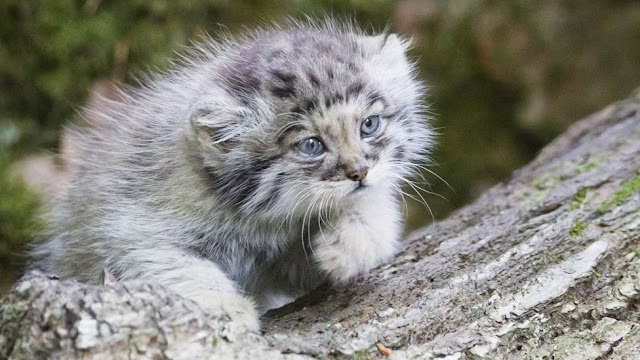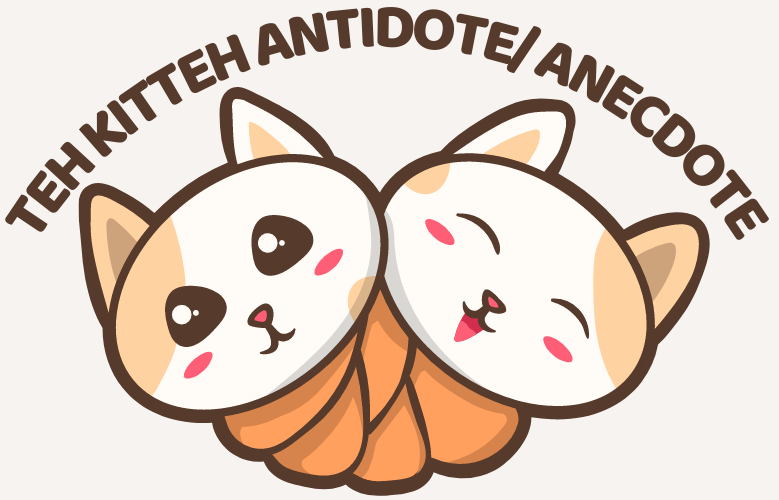Cute Pallas's cat kittens born in captivity in the UK
Everybody loves the Pallas's cat ('manul' is the scientific name). This is because they are very cute looking. Although they are a wild cat species and therefore, they won't always be cute if you are thinking of living with one. Very few people actually adopt this wild cat as a pet thankfully but you see quite a lot of them in captivity. The kittens are particularly cute and, in the UK, in captivity, they have managed to breed this cat species.
Note: there is always the discussion of whether you say 'Pallas's cat kittens' or 'Pallas's kittens'. As the name of this cat species is 'Pallas's cat' I think my preference is correct. Some people call the cat 'Pallas Cat'. That's technically wrong. And 'cat' should not be capitalised! Complicated.
The video was made at the Cotswold Wildlife Park. They managed to get Tull and Penelope to mate to produce their first litter at the park. At the time the video was made the kittens were unnamed. And they had not figured out their gender either. Pallas's cats arrived at the park in 2010.
Eight-year-old Tull was introduced to 6-year-old Penelope in 2018. Tull was transferred from Highland Safari Park in 2015 while Penelope joined Cotswold Wildlife Park in 2018 from a zoological collection in Italy.
 |
| Pallas's cat kitten. Image: BBC. |
They are part of the European Breeding Programme. In the wild the breeding season is very short because of the climatic conditions where they are found in Central Asia. Success in breeding them in captivity is considered to be rare. Only four other European zoological collections have been able to breed this cat species in the last 12 months.
Due to climate change, hunting and habitat loss, they are endangered in the wild and have disappeared from much of their range around the Caspian Sea.
Jamie Craig, Curator of Cotswold Wildlife Park and Gardens, said:
“We are delighted that our pair of Pallas's Cats have produced their first litter together. Every birth of this species is an achievement and keepers are very proud watching them grow. This interesting and active species are sadly declining in numbers in their wild habitat and it is great to be contributing to their captive breeding programme".




Comments
Post a Comment
I love comments. Please share. Thanks in advance.